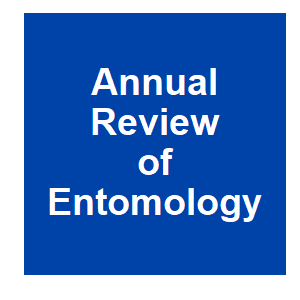
Keywords: common wasps

|
The association between mitochondrial genetic variation and reduced colony fitness in an invasive waspJ. Dobelmann, A. Alexander, J. W. Baty, N. J. Gemmell, M. A. M. Gruber, O. Quinn, T. Wenseleers and P. J. Lester, Molecular Ecology, 28:3324-3338. 2019.
Despite the mitochondrion's long-recognized role in energy production, mitochondrial DNA (mtDNA) variation commonly found in natural populations was assumed to be effectively neutral. However, variation in mtDNA has now been increasingly linked to phenotypic variation in life ... Keywords: biological control, common wasps, f hymenoptera, foraging behavior, gene drive synthetic, genetic biocontrol, germanica, Hymenoptera, insect pest control, invasive species, new-zealand, north-america, population dynamics, social and economic effects, sphecophaga-vesparum-, trojan female, vesparum, vulgaris hymenoptera vespidae, yellowjackets hymenoptera |

|
Invasion Success and Management Strategies for Social Vespula WaspsP. J. Lester and J. R. Beggs, Annual Review of Entomology, 64:51-71. 2018.
Three species of Vespula have become invasive in Australia, Hawai'i, New Zealand, and North and South America and continue to spread. Economically, their main negative effect is associated with pollination and the apicultural industry. Climate change is likely to exacerbate ... Keywords: biological control, common wasps, f hymenoptera, foraging behavior, gene drive synthetic, genetic biocontrol, germanica, Hymenoptera, insect pest control, invasive species, new-zealand, north-america, population dynamics, social and economic effects, sphecophaga-vesparum-, trojan female, vesparum, vulgaris hymenoptera vespidae, yellowjackets hymenoptera |

Contact
David O’Brochta
Foundation for the
National Institutes of Health
geneconvenevi@fnih.org
RSS

